Why are Eliquis and Xarelto So Expensive?
high drug prices
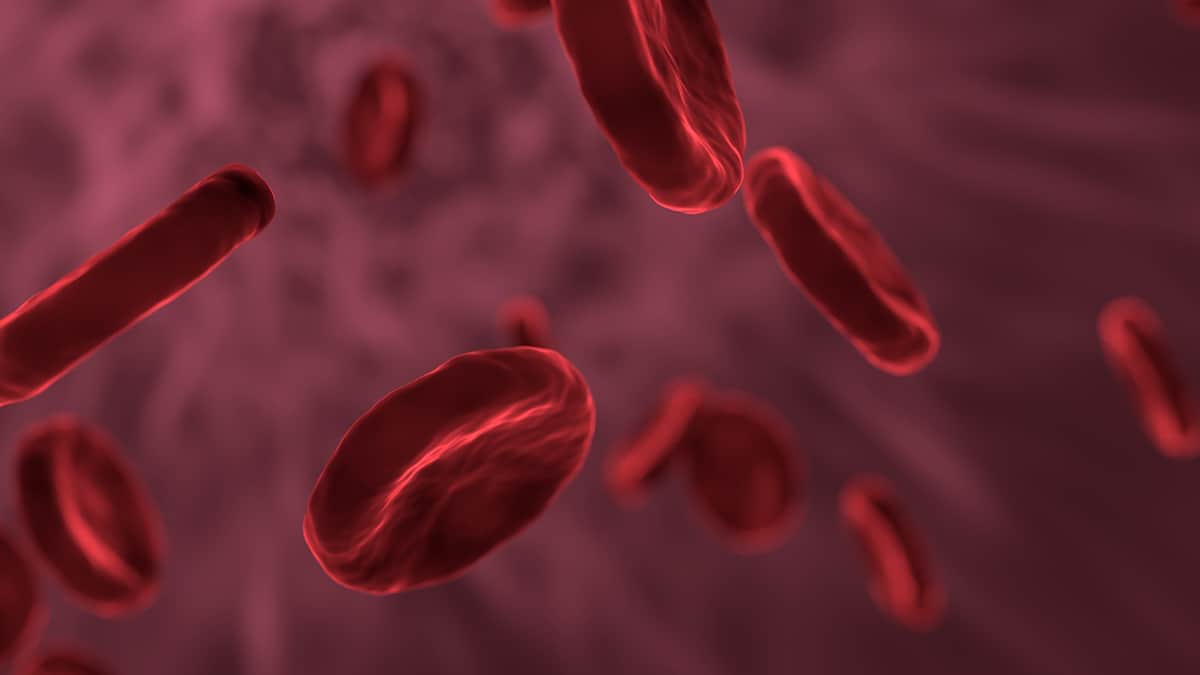
According to researchers at Georgetown University, more than 131 million Americans are taking at least one prescription medication — that's about 66% of the adult population, and doesn't include people taking over-the-counter (OTC) medications. Of these prescription drugs, antithrombotics (like Eliquis and Xarelto) are among the most commonly prescribed.
Of course, Americans have been struggling with consistent and often exorbitant price increases for prescription medications across the board for years now. Given the number of people taking them, the effects of their inexplicable costs are far-reaching. There is a strong chance that these costs will affect American citizens for generations to come.
One of the most common questions we get from American consumers is how we're able to sell prescription drugs — even medications like Eliquis and Xarelto — at a much cheaper price than our American competitors. The answer is rather simple, but the reasoning is rather complicated.
Here's why drugs like Eliquis and Xarelto are so expensive in general terms, and why they're particularly expensive in the U.S.
Antithrombotics and Their Uses
First of all, it's important to understand why drugs like Eliquis and Xarelto are so highly sought after. In this case, they're useful under many circumstances and are considered lifesaving, as blood clots can be deadly.
Because antithrombotics have multiple purposes, their prevalence in medicine cabinets should come as no surprise. Antithrombotics have been approved in cases of atrial fibrillation (AFib, or AF), venous thromboembolism (VTE), deep vein thrombosis (DVT), acute coronary syndrome (ACS), and in patients who require extra protection from embolism after a mechanical valve or joint replacement.
There are two types of antithrombotics: antiplatelet agents (such as aspirin, ticlopidine, and dipyridamole) and anticoagulants. In the past, the most commonly prescribed anticoagulants have been warfarin and heparin.
However, newer agents have been developed in the past couple decades that have proven to be just as effective (if not more effective) with fewer risks of bleeding and negative drug interactions.
An Increasing Number of People on Anticoagulants
While anticoagulants are effective for the treatment of multiple health issues (and therefore, many people take them), it would appear as though their use is accelerating on a general level. An uptick in the number of people diagnosed with Afib was getting researchers' attention all the way back in 2007 — and based on more recent data, anticoagulant use isn't exactly trending downward.
A 2015 study that looked into the frequency at which direct oral anticoagulants (DOACs) are prescribed found that their use "is rising rapidly and accounts for half of all anticoagulant use during atrial fibrillation office visits." Furthermore, researchers noted that "DOAC use is rising among venous thromboembolism office visits, largely replacing the use of warfarin. Our findings suggest that DOAC adoption is associated with an increase in the number of atrial fibrillation patients treated with anticoagulant therapy."
Even simple principles of economics would suggest that with higher demand, the price could be set higher than it would if demand were lower. With so many people needing antithrombotics — particularly ones that offer fewer risks than previously popular medications — it isn't surprising that pharmaceutical companies are taking advantage.
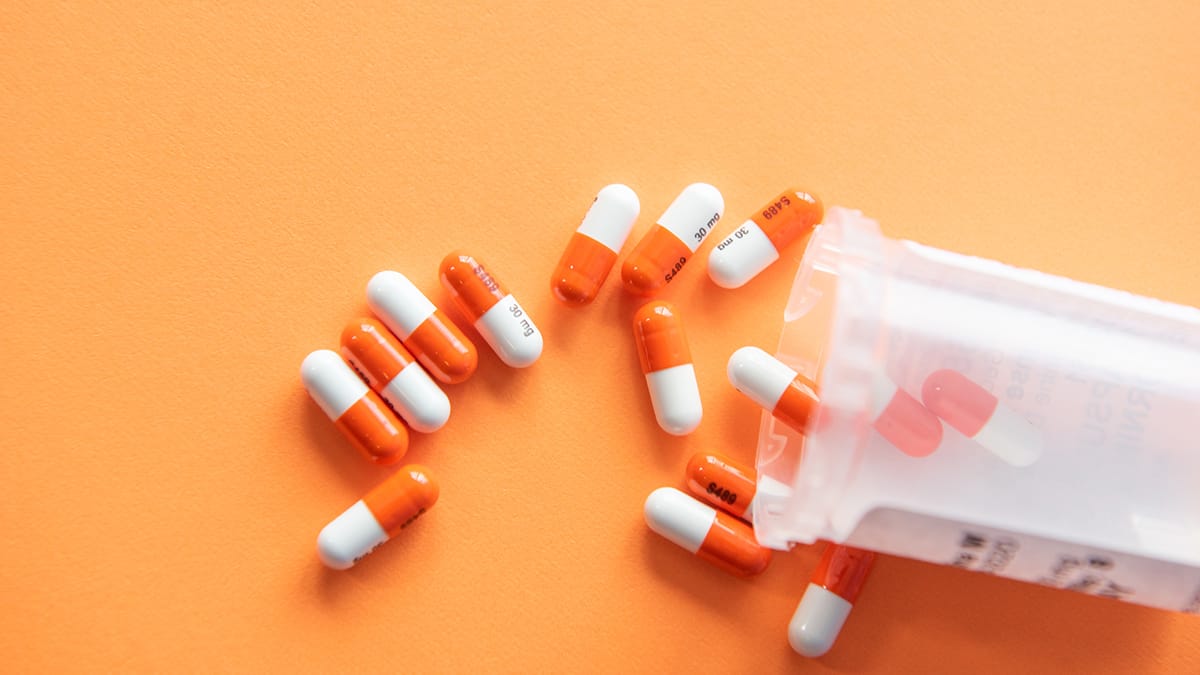
What Eliquis Costs in Canada and Abroad vs. America
Released in 2014, Eliquis is the brand name of a drug that is used to prevent blood clots. The active ingredient is apixaban, which first started making headlines after a study showed that it was more effective than aspirin at "preventing dangerous blood clots or strokes in people with the abnormal heart rhythm atrial fibrillation." It is often used as an alternative to warfarin.
In the United States, Eliquis presents a couple pricing challenges. Consumers may have a hard time finding the generic that has been approved, since it's still very new. The FDA approved two applications in December 2019, so production and distribution are still the works.
For the time being, patients buying in the USA will be forced to purchase the brand name medication, which costs about $297 for a 30-day supply, working out to be just under $10 per pill for the lowest dose (2.5 mg).
By contrast, NorthWestPharmacy.com sells both the brand name and a generic version. Brand name Eliquis is about $225 for a 56-day supply, which comes out to about $4 per 2.5 mg pill. The generic version is about $72 for a 30-day supply, coming out to about $2.40 per 2.5 mg pill.
What Xarelto Costs in Canada and Abroad vs. America
Xarelto (rivaroxaban) is an anticoagulant first approved by the FDA in 2011 for use in patients recovering from knee or hip replacement surgery in order to prevent deep vein thrombosis (DVT) blood clots. Since then, it has been expanded to multiple other uses, all surrounding the prevention of blood clots, particularly after surgery, or to prevent heart episodes or stroke.
In the United States, the lowest dose of Xarelto (2.5 mg) costs about $296 for a 30-day supply, working out to be just under $10 per pill. NorthWestPharmacy.com sells Xarelto for a much more affordable price — about $112 for a 56-day supply, which is about $2.00 per pill. At NorthWestPharmacy.com, we already have access to a generic alternative version of Xarelto. And yes, it's more affordable than the name brand. (Please note that The generic alternative is not manufactured by the company that makes the brand product. The generic alternative is not available in Canada and is shipped by an affiliated dispensing facility outside of Canada. Xarelto is the registered trademark of its respective trademark owner. Sales of Xarelto or the generic alternative are not authorized by and do not originate from the trademark owner. NorthWestPharmacy.com is not in any way affiliated with the trademark owner.)
The 2.5 mg dose costs about $80.00 for a 60-day supply, which comes out to about $1.33 per pill. While this is still considered on the higher end of the cost spectrum, it's certainly more affordable than the name brand. At NorthWestPharmacy.com, that's a savings of $0.67 per pill, which could amount to a savings of $20.00 per month, and about $241 per year.
But if you're accustomed to buying name brand Xarelto in the United States and you're able to switch to generic rivaroxaban from NorthWestPharmacy.com, you'd save about $260 per month, and $3,121 per year.
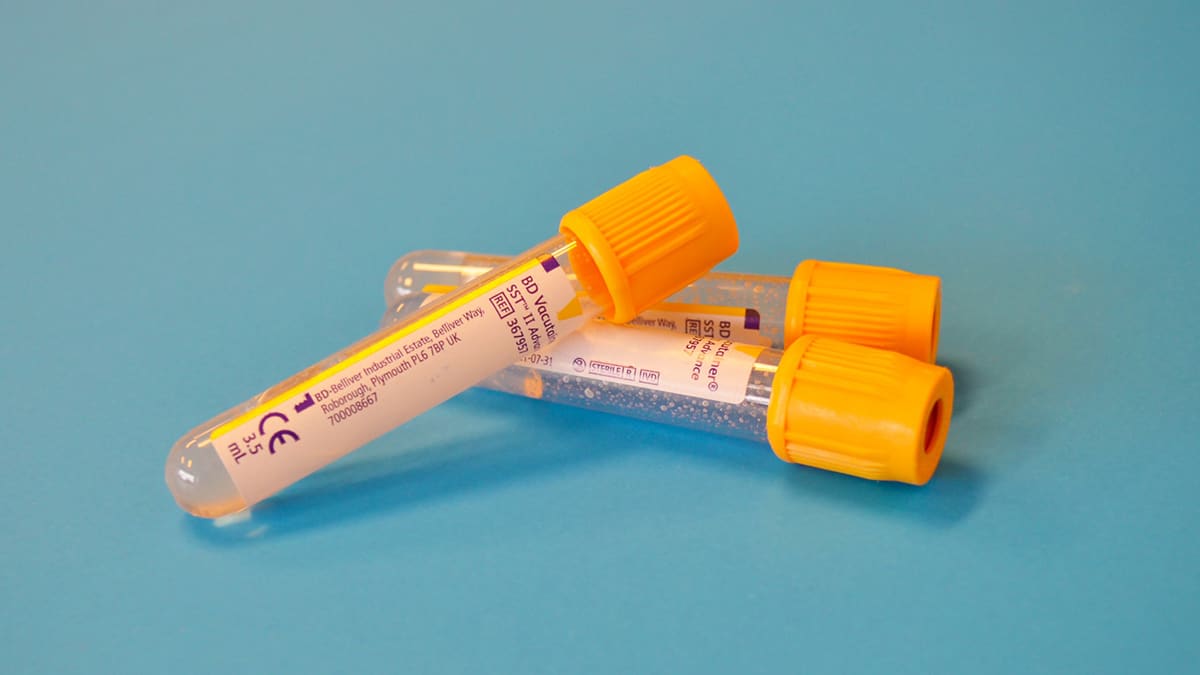
Overpriced Antithrombotics in America
United States residents pay far more for prescription medications than anyone else in the world. The reason for this boils down to one simple difference: the United States government doesn't have restrictions on what pharmaceutical companies can charge for prescriptions sold within the U.S.
Most countries have regulations in place that limit the markup on prescription drugs. The entire purpose of this is to ensure the price stays within a more affordable range for the average resident. One could argue that this is a matter of priorities — countries like Canada, Germany, and France are more concerned with making sure everyone has access to healthcare, where the United States may place an emphasis on making sure companies are profitable.
The theory of course, is that profitable companies will invest back into new products, their communities, and their employees. Whether or not pharmaceutical companies are doing this to a satisfactory degree is another matter, but they're certainly not hurting for cash. Pfizer — the largest pharmaceutical company in the world — pulled in more than $50 billion in revenue in 2019. The tenth largest pharmaceutical company in the world (AstraZeneca) made more than $23 billion in revenue.
One myth that Americans are sometimes sold as the reason for the extremely high prices of their drugs is that, by the act of other governments regulating their prices, pharmaceutical companies are unable to turn a profit in countries that restrict profit markup. While it's true that they won't be able to make such a significant profit in countries like Canada, they're certainly not losing money. If drug companies couldn't make money selling the same pharmaceuticals in places like Canada at lower prices, they simply wouldn't sell those products there at all.
It would be hard to believe that Governments are interested in limiting the price of prescriptions to such a degree that the pharmaceutical companies would refuse to do business in their country. Doing so would negatively impact their citizens and eventually lead to turmoil from residents who need life-saving medications that are being withheld because of bureaucracy. This outcome wouldn't be helpful for anyone, so don't let that story fool you.
The Role of Patent Law
The other major consideration in the price of prescription drugs in the United States is in reference to the complex world of patent law. Most drug patents hold an exclusivity period for about 20 years, which means that no one else can sell the same drug for at least two decades from the date of the original patent. In theory, this practice should allow drug companies enough time to make back their research and development costs (and then some).
However, many pharmaceutical companies make minor amendments to their products, whether that's a formula change or a delivery method change (think caplets to gelcaps), which can also be patented, thereby extending their patent period.
Of course, the purpose of this is to prevent competition — it's essentially a legal monopoly — and one of the goals is to delay generic drugs from entering the marketplace. Generic drugs are (almost) always more affordable than brand name drugs, and as a result, insurance companies favor them heavily. When a drug is prescribed for which there is a generic available — even if it's the brand name on the prescription — the generic is typically filled instead at the pharmacy. It's cheaper and it's preferred by nearly everyone, including patients because the copay for generic drugs is lower than brand name drugs.
Generic drugs can be priced lower because they don't have the same research and development hoops to jump through in order to get a drug approved. Essentially, they've already had a head start, and don't have as much work to do before the generic version can be presented to the government health regulators. Furthermore, much like with any other off-brand product, consumers aren't paying for the marketing and branding of the brand name product.
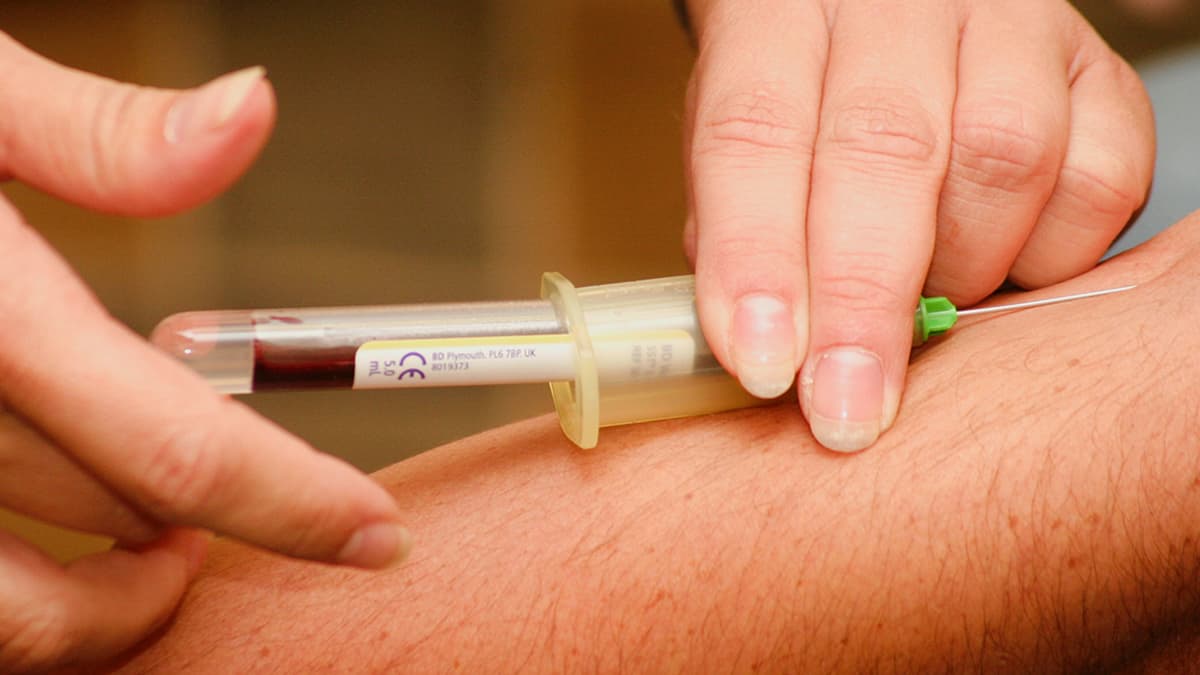
How a Xarelto Generic May Affect Prices
For consumers, generics are an incredibly important tool that are often the difference between a drug being affordable and one being hopelessly out of reach. Yet, as we explained above, generic drugs can only be produced after a brand name's patent has expired.
Yet, this doesn't mean that after 20 years, a generic drug is immediately produced by another manufacturer. They require testing, and they need to go through an approval process that's similar to other drugs. Luckily, this process typically speeds up after the first generic drug is approved. (And, according to regulators, often continues to speed up after the third, fourth, fifth, and so on, generics are approved.)
With that said, however, according to government regulators, some generic drugs are never approved. There is no guarantee that just because a brand name drug exists, that a generic drug will eventually exist.
So, how does all of this impact prices for consumers?
That depends on what prices you're specifically talking about.
A generic drug will almost always be cheaper than the brand name drug. In countries where a rivaroxaban generic alternative is available (the active ingredient in Xarelto), for example, is already cheaper than the name brand drug despite only having been on the market for a short amount of time. (As of writing this article, 60 tabs of 2.5mg rivaroxaban cost $81.59, compared to 56 tabs of a similar strength of the brand name Xarelto for $114.69.)
Likewise, over time, as other generics for rivaroxaban enter the market, these additional generic versions of the drug will compete with one another. This will drive the cost of the generic drug down.
While there's no guarantee that this will happen, the fact that generics do not have the same patent protection that brand name drugs do means that — if there is money to be made — other companies will produce competing generic medications. Because of this, companies can't just charge whatever they want for generic drugs. They will face competition — and thus, have to keep their prices relatively reasonable. After all, if they don't, consumers (and insurance companies) will just purchase the cheaper generic.
With all of that said, however, the existence of a generic drug in the market does not mean that the brand name drug will drop in price. If that was the case, you would expect to see the cost of generic and brand name drugs narrowing — but the opposite has happened. Generic drugs have continued to go down in price, while brand name drugs have only gone up.
So, what does this mean for Xarelto?
While the price of Xarelto is unlikely to go down over time, the generic version is cheaper, and will likely become cheaper over time as more generic versions enter the market.
It's important to note that in broad studies of brand name and generic drugs, studies have shown equal effectiveness. Take the conclusion of this 2019 study published in PLOS Medicine:
In this study, we observed that use of generics was associated with comparable clinical outcomes to use of brand-name products. These results could help in promoting educational interventions aimed at increasing patient and provider confidence in the ability of generic medicines to manage chronic diseases.
In short, generics are generally effective, safe, cheaper, and a simple way to help you save money on expensive prescriptions like Xarelto. While a generic won't drive the price of brand name Xarelto down, it will likely guarantee a cheaper avenue for you to get the medication you need.
The Effects of Expensive Anticoagulants
When medication is too expensive for patients to afford, they might choose to take a smaller dose than prescribed. These cost cutting measures come in many different forms, such as cutting pills in half, taking only one pill instead of two, skipping days of medication, or even foregoing the medication altogether.
Lack of medication adherence is a significant problem for overall health. Medications are tested based on consistent dosage and how long the medication stays in a person's system. When the medication wears off (whether that be every 12 or 24 hours or some other frequency), a new dose must be administered in order for it to be effective. If someone is choosing to skip a dose at the 12-hour mark because they cannot afford it, the medication might not be effective from hours 12 to 24.
Because under-administration of medication renders the active ingredients less effective, skipping doses can be akin to skipping it entirely. The estimated cost of medication nonadherence is as much as $300 billion dollars annually. This includes more serious health complications as a result of neglected medical care — something that could prove deadly for people on antithrombotics.
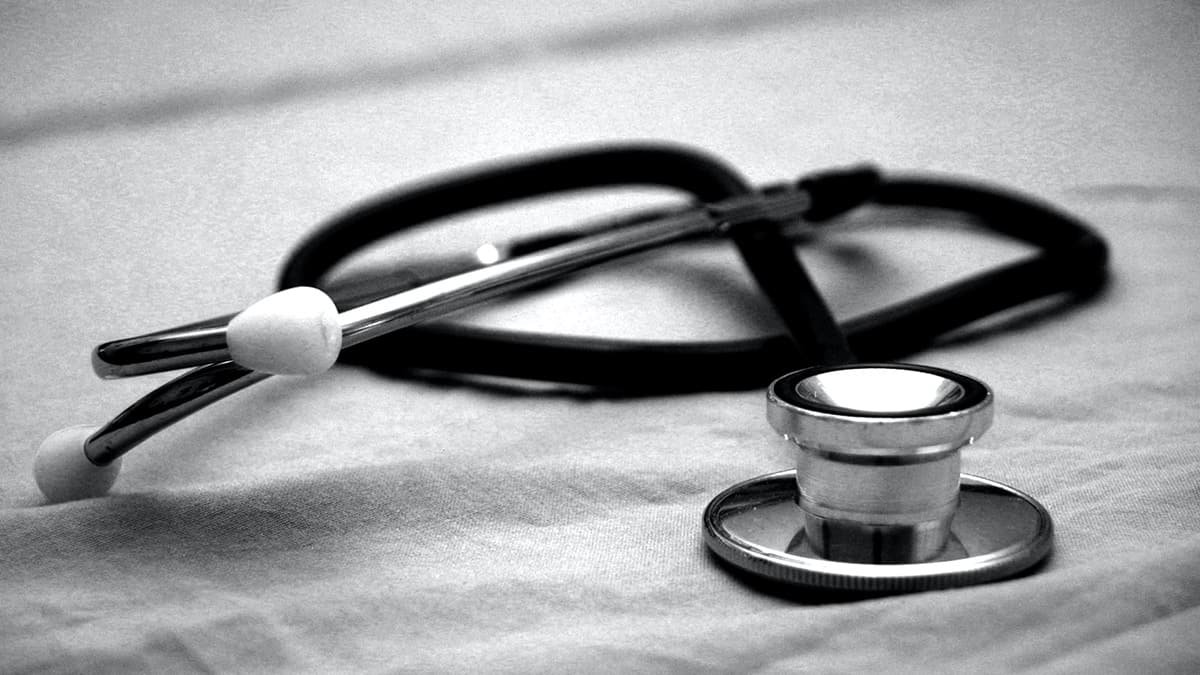
Consequences of Undertreatment
There are many negative health outcomes associated with undertreatment of AFib, DVT blood clots, VTEs, and ACSs. Choosing to forego treatment because of financial strain could — quite literally — have deadly consequences, if not as a direct result of the condition itself, then as a side effect of a poorly treated condition that can lead to other fatal health events.
AFib is one of the most common types of irregular heartbeat, also called an arrhythmia. This occurs when the heart's upper chambers and lower chambers aren't in sync, and therefore, beat too slowly, or too quickly, or in an irregular pattern. Aside from the possible complications this could create, AFib is sometimes linked to strokes.
According to the Centers for Disease Control and Prevention (CDC), "[w]hen standard stroke risk factors were accounted for, AFib was associated with a four-to-fivefold increased risk of ischemic stroke." In general, it's believed that AFib is an underlying cause in about 1 in 7 strokes.
Furthermore, the strokes related to AFib are more serious in nature. The CDC states that "strokes caused by complications from AFib tend to be more severe than strokes with other underlying causes."
DVT and VTE blood clots are dangerous in that they cut off blood flow, but what makes them deadly is when they break apart and travel in the body. One of the most dangerous ways in which these blood clots tend to manifest themselves is when they make their way to the lungs, in which case they're referred to as a pulmonary embolism (PE).
PE blood clots can not only damage your lungs, but they can decrease the oxygen levels in your blood, which can cause damage to other vital organs as well. PE blood clots are not always fatal, but they certainly can be if the clot is big enough or is located in a major artery in the lungs.
And of course, the most well-known negative health outcome is via acute coronary syndromes (ACSs), which is a broad term used to describe interruptions in blood flow to the heart, including heart attacks (myocardial infarction).
As with most other health diagnoses, the more serious it is, the more expensive it is to treat. Taking a daily medication to prevent blood clots is far less expensive than a hospital stay for a heart attack or stroke, and the subsequent rehabilitation and possible in-home health aids to assist in your recovery. That is, assuming you can recover at all.
Looking to International Online Pharmacies for More Affordable Medication
Americans who are struggling to pay for their prescriptions at U.S. pharmacies can look to an international or Canadian pharmacy online for hope and necessary access to more affordable drugs. U.S. residents have been doing this for many years, if not decades. Back in the early 2000s, a state Senator from Ohio was sponsoring bus trips over the border to Canada for senior citizens to purchase their medications at more affordable prices.
As recently as 2019, the CBC reported that Canadian pharmacists have noticed a "quiet resurgence" in Americans crossing the border for medication. According to the CBC report, some doctors will even call the Canadian pharmacy directly to have it filled, and residents living close enough to the border of Canada will just drive up to get it.
As if the prospect of getting vital medication at a more affordable price isn't enough good news, the best part is that you can order your medication from the privacy of your own home and have it shipped directly to your front door.
At NorthWestPharmacy.com, we pride ourselves in being available to help our customers, which is why we are one of the few businesses that still provides a call center in Canada.
Therefore, if you need assistance with your order, aren't sure how to get your prescription information to us, or would like some guidance because you've never ordered from us before, don't hesitate to call our toll free phone number (1-866-539-5330). Our customer service representatives are in the building seven days a week to walk you through the entire process from start to finish if that's what you need.
Navigating prescription drug costs is almost always stressful and overwhelming. Our goal is to help you save money on your prescription medications. For more information, call us toll-free at 1-866-539-5330 or contact us online.